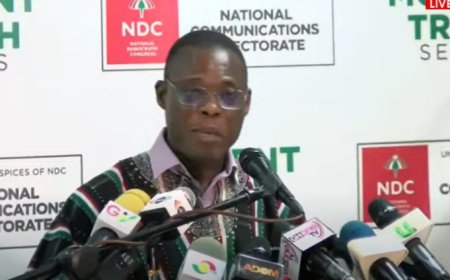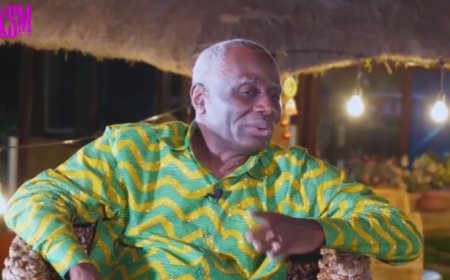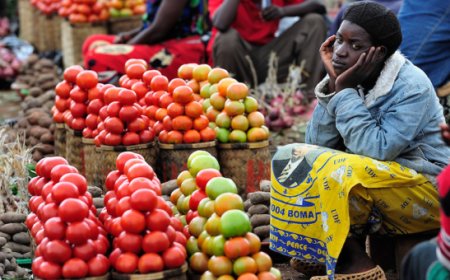Is the World Bank Saving or Harming Ghana?
Effectiveness and Real-World Outcomes of the World Bank's Development Projects in Ghana, Uncovering Whether These Initiatives Are Meeting Their Promises or Falling Short in Addressing the Nation's Socioeconomic Challenges.
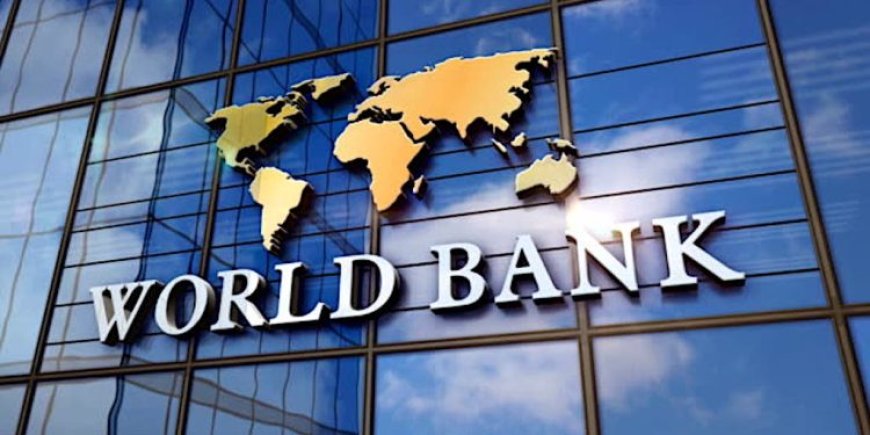
As the Spring Meeting and its panoply of side events wind to a close, the recurring theme yet again is “more money” for the world’s poor. A point made with refreshing clarity by the World Bank’s President: “no amount of creative financial engineering will compensate for the fact that we just need more funding.”
There is always much talk and jargon about “reform” of the “global development finance architecture” but it really all boils down to convincing richer folks in the “Global North” to release more cash to relatively poorer folks in the “Global South”.
That convincing has had many ups and downs. Whilst the World Bank has celebrated the replenishment of its grants and soft loans pot, the IDA, in 2021 as the biggest ever in history, and is looking forward to an even bigger inflow for the next replenishment cycle (which will be known as IDA21), development activists at the global level point to the massive gap between the $5 billion more per year the Bank committed to spend recently and the trillions of dollars experts say are needed to align needs in the developing world with the climate and resilience agenda ($4 trillion, says the UN).
For those of us whose activism mostly focuses on the country level, though, we sense a major gap in the global discourse: when the likes of the World Bank get more money, that doesn’t necessarily translate to bigger and better investments in developing countries. Various factors much closer to home than in Washington appear to conspire and create a “constriction” in the flow of allocated money. Attempts to clear up the pipe and speed up “disbursements” of the money, on the other hand, can lead to a deterioration in the quality of development projects and compromise the impact on people’s lives.
To examine this idea carefully in Ghana, the prime focus of my own policy activism, I have been painstakingly probing the outcomes of the World Bank’s investments there over the last two decades for a paper that has just been published by Paris-based Finance for Development Lab (FDL).
I conclude that the results presented by the World Bank’s reports on these investments substantially deviate from the reality on the ground about 70% of the time.
This analysis excludes certain investments made through the IFC, the World Bank’s private sector arm, or the guarantees issued by the World Bank’s MIGA, even though there are other reasons to be concerned about the IFC’s growing penchant for prioritizing malls and luxurious apartment complexes over social enterprises.
The “Disbursement” Bogey
In the early 2010s, the World Bank was struggling to disburse the funds it had allocated/committed to Ghana. The disbursement rate was languishing around 10%. In the ensuing years, efforts were made to considerably boost disbursements. Today, the global Bank’s ~$4 billion Ghana portfolio has an average disbursement rate higher than 48%.
I have selected a few case studies discussed in the FDL paper mentioned above based on their stellar ratings by World Bank staff. The idea being that if these are among the best projects from a disbursement and outcomes perspective, then there is even greater concern about the rest of the portfolio.
Ghana Energy Development & Access Program/Energy Sector Reform Program
In 2007, the World Bank launched a $220 million project called GEDAP. One of its major aims was to transform the Electricity Company of Ghana (ECG). From 2010 onwards, the World Bank has expanded the scope and ticket of GEDAP to double down on the intervention. Having started with a $70 million investment, an extra $60 million soon followed. In GEDAP assessments, the World Bank touts progress in lowering ECG’s commercial losses and assures evaluators that progress on improving bill collections, especially for power consumed by government entities, is imminent.
An enhanced effort, the Energy Sector Recovery Program, launched in 2019, with even higher focus on persistent ECG arrears accumulation and value chain debt. Boasting 88% disbursement rates and a “moderately satisfactory” rating, one might easily assume that these interventions have made a significant difference to ECG’s operational situation.
According to the World Bank’s official assessment of the results of these investments, a $55 million injection to upgrade billing and revenue protection, a “Commercial Management System”, and “Advanced Metering Infrastructure”, have been critical to salvaging ECG’s finances. For example, a provision was made in the program for 156,000 smart retail-level meters and 25,000 bulk meters to support revenue management. A timeline of January 2020 for all these powerful measures to bear fruit was indicated in the official project update.
Unfortunately, the facts on the ground, amply attested to by Ghana’s Auditor General and the ongoing rolling blackouts in Ghana today, do not bear out these assessments. Official audit data shows that ECG procured smart meters costing more than $145 million without competitive tender, contrary to its own procurement policies. Consequently, Ghana’s Auditor General failed the entire exercise on Value for Money grounds. Some contractors failed to perform on contracts, and the frustratingly long waiting times for securing a meter have not improved. ECG’s losses have actually increased since GEDAP commenced, to an average of about 30% over the project horizon. Taking full account of collection failures, the loss ratio actually exceeds 50% in some quarters. Very recently, ECG’s regulators fined the company’s board members millions of Ghana Cedis out of frustration with the company’s persistent flouting of regulatory directives.
e-Ghana/e-Transform
The e-Ghana project began in 2006, was reviewed when the new government assumed office in 2010, and wrapped up in 2014, whereupon a follow-up digitalisation program, e-Transform, was put together to carry forward the broad vision of ICT-driven development in Ghana. Besides the World Bank, the EU chipped in, as also did the British and Danish governments (about 40% of the ~$60 million ticket).
When the government changed again in 2017, the usual review occurred. The digital ID component was dropped because a politically favoured vendor was not keen to play to World Bank dictates. Newer focuses like cybersecurity, digitalisation of the postal system, and the digital transformation of the national hydromet infrastructure were introduced to complement the core e-government initiatives. By 2020, disbursements had jacked up to 74%. There are projections of the disbursement rate hitting 96% in 2024. Here is how a few of the key modules are doing.
GIFMIS
One of the most important reforms carried over from e-Ghana to e-Transform was the automation of the payments and payments-monitoring aspects of public financial management, through a platform called GIFMIS.
The World Bank’s assessment documents describe GIFMIS as “one of the major accomplishments of the project”. GIFMIS was said to have “added several major functions: treasury, budget formulation and execution, financial reporting and more transparent use of funds”.
GIFMIS was also hailed as having connected all key government Ministries and regional treasuries and spending units, and thus for having “improved the efficiency of government functions, in this case planning the national budget.”
The EU and the European bilateral donors disputed the World Bank’s findings. They insisted that their reading of the joint audits showed that at best GIFMIS was at 60% readiness. They pointed to persistent public financial management (PFM) challenges – like arrears, overspending, extra-budget allocations, and slippages – that a well-functioning automated payments platform should be able to address but GIFMIS seemingly couldn’t. Unable to make progress with the World Bank, the EU and the bilateral donors withdrew from the joint effort and transitioned to observers.
Recent reports by Ghana’s Auditor General also paint a very different picture of GIFMIS. It turns out that more than 86% of government payments meant to be covered by the system have been bypassing it, defeating its very rationale for existence.
e-Procurement
The e-Procurement module of e-Transform was launched on 30th April 2019 with a unique selling point of cutting procurement costs for the government by $10 million a year over the ensuing decade. Analysts in Ghana estimate losses to the state due to poor procurement of $3 billion per year, the same as the country’s IMF bailout package. Over 600 public and state-controlled institutions were expected to make use of the new platform.
We examined 4000 of the 4875 tender results posted on the GHANEP e-procurement website. Based on our sample, we estimate that 95% of all tenders posted on the site are for amounts less than $100,000. We found hundreds of entries of less than a $100, and some below a dollar. Many records do not even feature award amounts, rendering them useless for analysis and defeating the very purpose of a transparent e-procurement platform.
For example, virtually every entry related to Bekwai Municipal Hospital and Nsawam Government Hospital was for a token amount of the cedi equivalent of a few dollars or even less than a dollar. Virtually all entries related to Asamankese Government Hospital, Oda Government Hospital, Sefwi Asafo College of Health, Asankragwa Nursing & Midwifery College, and Kade Government Hospital have no dollar amount mentioned at all. Public health institutions are overrepresented most probably because the reimbursement procedures of the national health insurance mechanism have made use of similar systems familiar to personnel. More than 60% of all entries relate to about 5 government owned health facilities.
Unsurprisingly, procurement activity related to the vast majority of World Bank funded projects do not feature on the GHANEP site. In fact, our extensive search using project identifiers did not return a single record.
Ghana Airport City & the Unfinished Business of Digitalisation
I was intrigued when Ghana’s Vice President recently announced a new “e-gates” project at the Kotoka International Airport as part of the new e-Transform project (having just managed to extend the e-Transform program to accommodate his government’s new vision). Having looked extensively at all World Bank digital projects in Ghana over the last decade and more, I was struck by the large numbers of half-complete projects.
From 2011 to 2015, Ghana’s airport authorities worked with a consortium that included a company called ARINC to develop an airport management system. The contract for ~$10 million went to ARINC and another party called MAPLE Aviation. The technology would harmonize passenger handling, load balancing, and equipment handling across Kotoka and the other airports in Ghana. Ghana’s Auditor General reported the project in 2015, at 90% disbursement, as not having hit the desired milestones, including harmonization of airport cargo handling with Customs. ARINC and MAPLE themselves had fallen out, and accusations of non-performance were rife.
The IT backbone installed at Kotoka as part of this ARINC contract was also found to be incompatible with planned and ongoing IT projects being funded by the World Bank and other donors. This led to a situation where, having accepted the ARINC/MAPLE infrastructure, the Ghanaian government still needed to invest in a “single window” infrastructure for harmonizing its air cargo systems with Customs.
In fact, Ghana Customs has had its own World Bank-funded projects. One of them was implemented by West Blue Consulting, at the cost of $180 million. By the middle of 2016, West Blue, like ARINC, was being accused of non-performance.
It seems Ghana has the rare talent of attracting IT projects that never seem to end, hence the “e-gates” and “e-immigration” measures now being hawked for Kotoka, in keeping with a broader pattern of unfinished digitalization business at that institution.
It appears that far from being able to provide “more funding” to help the poor and vulnerable, the World Bank would do well to track the billions of dollars it has already disbursed for projects that are hailed as completed or nearly complete but which have yet to yield their promised benefits. Indeed, if we do not make a concerted effort to push the World Bank to pay greater attention to how the projects it supports in places like Ghana actually function, and, where possible, push our own government to open up to greater transparency and accountability for the funds received, this “more funding” narrative would not only be meaningless but also harmful, as the new funds would be at risk of going down the same hole as the old ones, leaving the challenges faced by the poor unaddressed.
All rights reserved. This material, and other digital content on this website, may not be reproduced, published, broadcast, rewritten or redistributed in whole or in part without prior express written permission from TOP KNOWLEDGE MEDIA.
Contact: toppknowledgemedia@gmail.com
Stay informed and ahead of the curve! Follow The TOP KNOWLEDGE MEDIA on WhatsApp for real-time updates, breaking news, and exclusive content. Don't miss a headline – join now!
Join Top Knowledge Media Channel:
https://whatsapp.com/channel/0029VaEUCpP4NVigCMWy8J22
What's Your Reaction?









